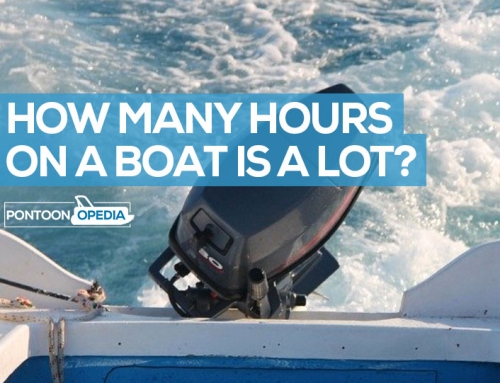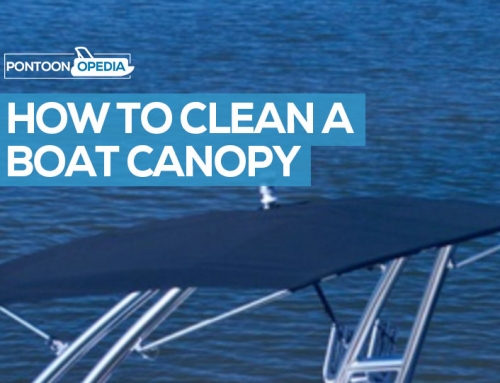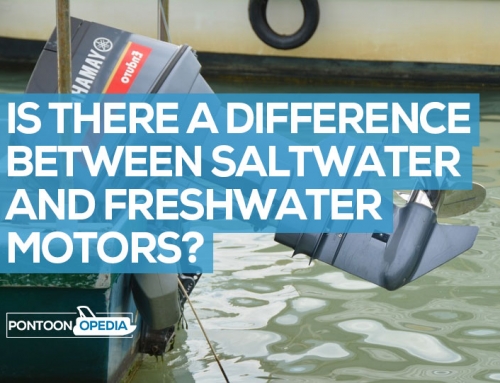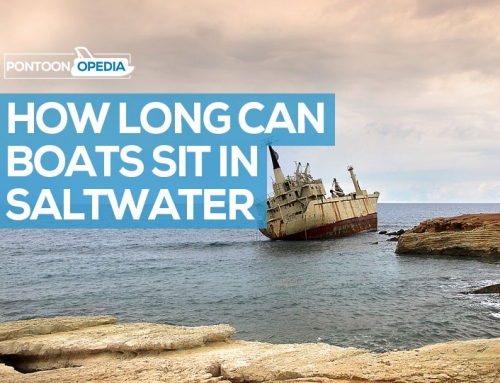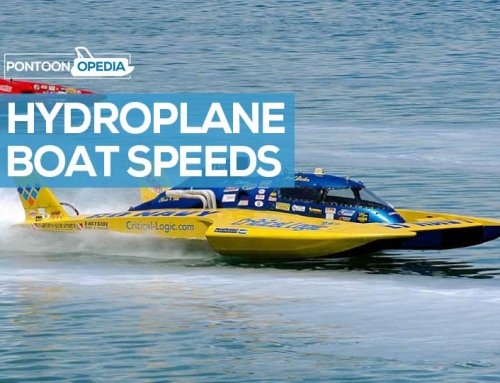You’ve landed on this page because you are probably taking a Boat Ed exam and test, or perhaps you just want to increase your boating knowledge. One question you could want the answer to is: on outboard boats, the capacity plate provides a horsepower rating. what does this rating mean? Here’s the correct answer:
The horsepower rating on a boat’s capacity plate is the recommended horsepower that the engine should have on a boat of this size. It is calculated using a formula designed by the US Coast Guard, but with a few exceptions.
Essentially, the maximum horsepower rating that you see on a boat’s capacity plate signifies what the boat and transom can take.
With larger engines, they are way heavier with increased torque and push against the transom. That can place stress on a boat and lead to possible accidents.
If your engine is too large and powerful, it could speed and push the vessel too fast for what it’s designed to take.
I just mentioned some exceptions, so what are they?
In Florida, on outboard boats, the capacity plate provides a horsepower rating. What does this rating mean in the Sunshine State though?
Well, it’s not actually legally binding, but instead is a recommendation.
You will also find that boat dealers will never let you go over the recommended maximum capacity when deciding what engine to fit to your purchase.
The reason being is that they don’t want to be liable should anything happen. This is why many of them will insist boat buyers sign a liability waiver.

Refer to the safe loading formulas shown above if you don’t have a capacity plate under Federal Law.
The definition of capacity and horsepower
Any boat on the water that is less than 20 feet in length, whether it has an inboard or outboard motor, has to have a capacity plate clearly listed on it.
The boat’s capacity plate should be clearly visible from the helm or console and will show the maximum capacity of passengers and weight in pounds that the boat can carry safely.
In addition to the weight capacity, the plate will also list the maximum horsepower that the outboard engine can be for this size of vessel.
However, not all boaters will always understand exactly what this all means.
As an example, let’s say that your capacity plate states something like “four persons or 530 pounds”, then you might assume that this means the boat will flip or sink if that weight is exceeded.
You might also assume that the maximum horsepower rating listed is there to stop you going too fast with a engine that’s too large or powerful for your boat.
And since the US Coast Guard are the guys that enforce these rulings, you might also assume that the limits and ratings are there due to tests the USCG have done.
All of these assumptions are wrong, believe it or not.
Let’s take each part and see what it all really means:
What does maximum capacity mean?
Contrary to what you might think, this is actually the number of passengers you can have safely onboard (their total weight in pounds) that the boat will safely take should it be swamped with water.
Is horsepower about speed?
Again, this isn’t the case.
In fact, let’s take it straight from the horse’s mouth with a quote from a US Coast Guard representative. This is what he had to say:
“Horsepower has only to do with weight. We’re not so much concerned about the speed but that the boat will float upright if swamped so that people can hold on to it until rescued. That’s the whole reason for the flotation standard and why we say how many people can be on board. Horsepower only has to do with engine weight. If you put too big an engine on a boat, you throw the flotation off.”
How do manufacturers calculate capacity?
And finally, boat manufacturers set the US Coast Guard maximum capacity by calculating using set formulas to determine the horsepower, as if they know that, they will know how much engine weight the boat can take whilst still being able to float.
Here’s what someone on a boating forum had to say:
“The formula used by USCG is more than 40 years old, is antiquated, and needs to be re-vamped. With modern hull materials and designs, and newer, lighter, outboards, USCGs method just doesn’t work accurately anymore. Performance boat manufacturers have worked around this by expensive “wet tests”, which allows the hull to be certified at a more accurate horsepower rating (most high performance hulls now carry a rating of “any outboard(s)”
What type of boats should have capacity plates?
This is another common question asked in Boat Ed exams, and I’ve previously blogged the answer to this one too.
However, if you just want a short answer and why it’s important, read below:
Boat manufacturers must fit capacity plates to any motorized monohull boats that are less than 20 feet in length. The capacity plate must be in accordance with Federal Law regulations and standards and should be placed on the helm or steering console area of the boat.
It’s important to have a capacity plate, because if you don’t know how much of a load you can take, you are at risk of having an accident and loss of life.
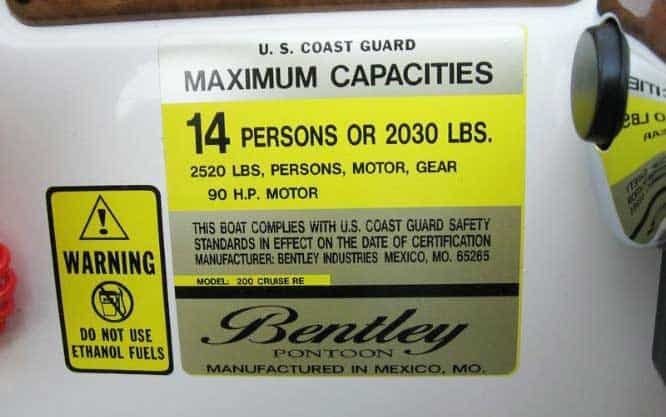
This is what a boat capacity decal, plate, or sticker looks like.
The US Coast Guard published statistics that showed the most common cause of fatality on US waters as being people falling overboard.
Stay safe, and make sure you always know your boat’s limits.
Buy a replacement capacity plate for your boat
If you buy a boat second hand or used, you might find that it doesn’t have a capacity plate or sticker in place. You should really get it replaced.
I’ve put together a guide showing you how you can buy a replacement for cheap, as there is a supplier selling them currently on Amazon.
To see where you can get yours, read this guide to replacement capacity plates.
The last word…
You wanted to know “on outboard boats, the capacity plate provides a horsepower rating. what does this rating mean” – and I hope I’ve answered that and more for you.
If you exceed the horsepower rating all kinds of nasty things will happen. Your boat could become unstable, it could twist the boat and its structure, and something could even snap.
Plus, you could get caught by the authorities and end up with a fine.
It’s just not worth it for both safety and legal reasons.


